In order to preserve and promote cultural values, for many years now, Hue City has been focusing on promoting the restoration of historical and cultural relics, scenic spots, etc.
However, recently, the severe flood situation has made many relics "fragile" and this has caused concern for management agencies and researchers...
For example, three historic floods lasting from October 27 to early November caused 32/40 wards and communes of Hue City to be deeply flooded, causing many relic sites located in low-lying areas and riverside areas to be flooded and deeply inundated, such as: in the Imperial Citadel area, at times, the water level was 0.3 - 0.5m; many other constructions such as the tombs of Gia Long, Minh Mang, Thieu Tri, and Duc Duc were flooded from 1 - 1.7m; and the Poetry Library - a place to store precious documents - was also flooded more than 1m...
The Phu Dien Cham Tower relic located in Phu Vinh commune (Hue city) was submerged in water for many days. It is known that the Phu Dien Cham Tower relic was discovered in 2001 in the old Phu Dien commune (now Phu Vinh commune, Hue city). It is one of the ancient Cham Pa relics found under the coastal sand, with great historical, archaeological and cultural value. Phu Dien tower has been recognized as a National Architectural and Artistic Relic.
In March 2022, the Vietnam Record Organization established the record "Phu Dien Tower - the first ancient Cham tower sunk deep under a coastal sand dune excavated and preserved in Vietnam". In May 2022, the World Record Union continued to recognize the record "The first ancient brick Cham tower sunk deep under a coastal sand dune excavated and preserved in the world".
Or due to continuous rain and floods, on the evening of November 2, a section of the wall (about 15m long) of the Hue Imperial Citadel (Hue Imperial City) in the area of Dang Thai Than Street (located about 50m from Hoa Binh Gate (Hue Imperial City), in Thuan Hoa Ward, Hue City) suddenly collapsed. Immediately after the incident, on November 3, the Hue Monuments Conservation Center coordinated with representatives of the Department of Construction to conduct a survey and preliminary assessment of the incident. Thereby, the collapsed wall was built in 3 layers, the inside and outside were built with bricks, the middle layer was filled with clay, lacking block cohesion.
Authorities also noted that some nearby wall sections tend to lean inward, some sections show cracks, weak structure, and are likely to continue to shift if affected by heavy rain and prolonged water rise.
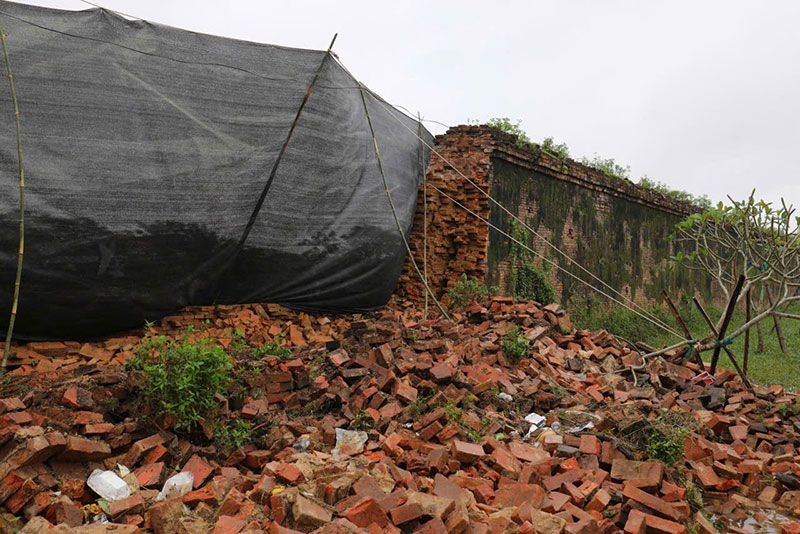
It is known that Hue Imperial City is located in the middle of the Citadel, where the highest offices of the monarchy are located and where kings and lords are worshiped. The Imperial City has a nearly square ground plan, each side is about 600m, built of bricks, 4m high, 1m thick, surrounded by a protective moat, with 4 gates for entry and exit, the Ngo Mon gate is only for the king. The Imperial City consists of more than 100 architectural works divided into many areas...
Regarding this unfortunate incident, Deputy Minister of Culture, Sports and Tourism (MCST) Hoang Dao Cuong also signed an official dispatch requesting the People's Committee of Hue City to direct relevant agencies to organize inspections and reviews of the current status of the collapsed section of the Imperial Citadel wall in particular, and the technical status of the relics, items, walls, tiled roofs, foundations and technical infrastructure of the Hue Monuments Complex in general.
The Ministry of Culture, Sports and Tourism requested the People's Committee of Hue City to promptly protect the scene, prevent collapses and landslides of structures at the relic site to ensure the safety of the relic site and the safety of people around the area; organize inventory, review, and evaluate the preservation status of relics and antiquities, and develop a timely preservation plan; prioritize, allocate funds, and assign the Hue Monuments Conservation Center to continue reviewing areas of collapsed sections of the Imperial Citadel wall, and urgently develop a plan for restoration and embellishment. In the long term, the locality will develop a disaster risk management plan to be more proactive in identifying, preventing, responding to, minimizing, and recovering from natural disaster risks for relics in the area.
Source: https://cand.com.vn/Chuyen-dong-van-hoa/thach-thuc-bao-ton-di-tich-truoc-thien-tai-khac-nghiep-i787561/










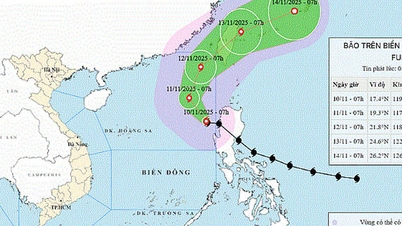



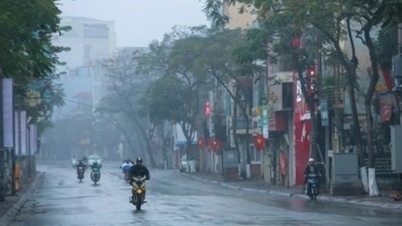






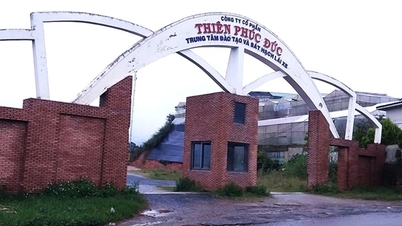



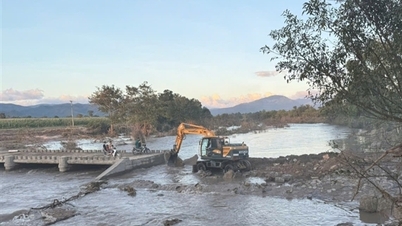






















































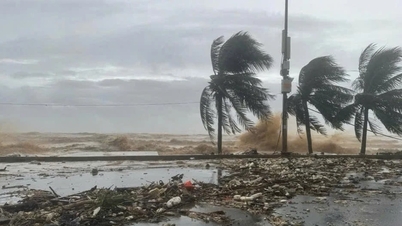









![Dong Nai OCOP transition: [Article 3] Linking tourism with OCOP product consumption](https://vphoto.vietnam.vn/thumb/402x226/vietnam/resource/IMAGE/2025/11/10/1762739199309_1324-2740-7_n-162543_981.jpeg)








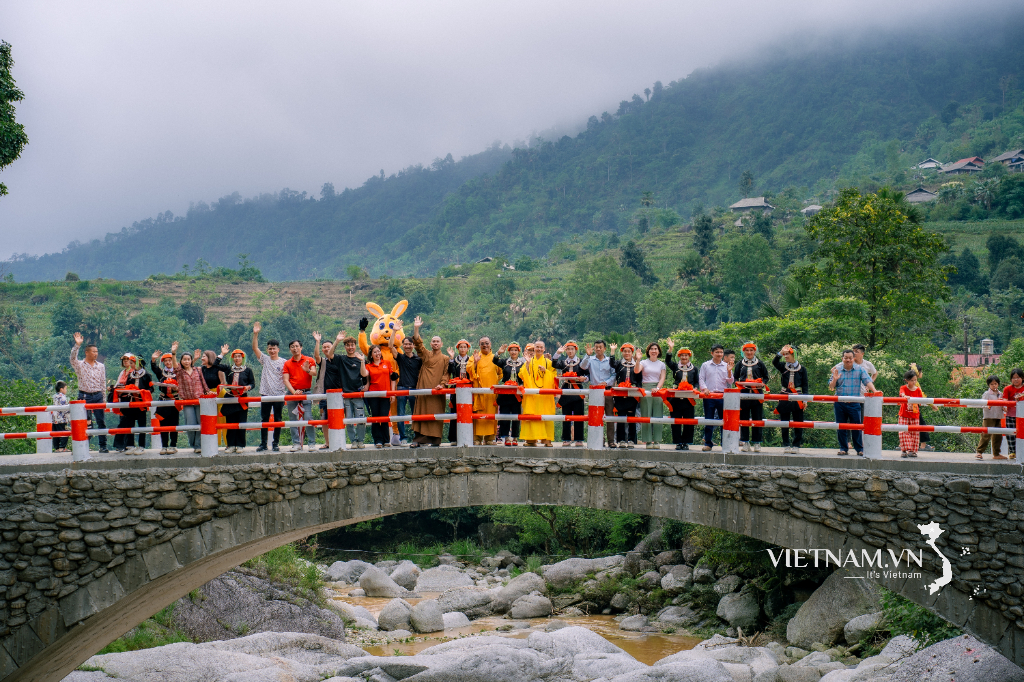



Comment (0)